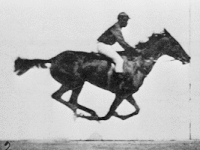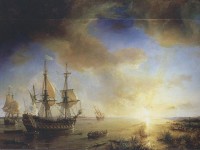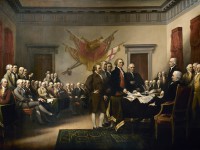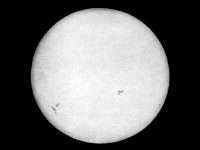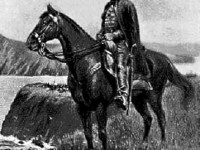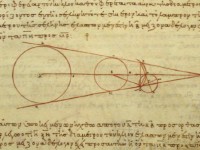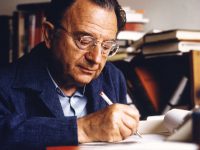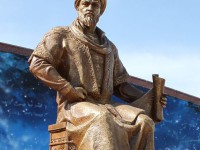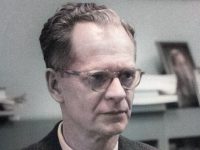The Broughton Suspension Bridge and the Resonance Disaster
On April 12, 1831, the Broughton Suspension bridge collapsed, reportedly due to mechanical resonance induced by troops marching in step. But, also wind can be the cause for mechanical resonance which leads to disaster, such as for the Tacoma Narrows Bridge in 1940. But, also buildings can be affected, such as the 39-story shopping mall called the “Techno-Mart” in Seoul, Korea, that had to be evacuated because of people synchronously exercising Tae Bo. The…
Read more


